Decoding STEM: What Does the E in STEM Stand For?
STEM Education Shopping
AUGUST 26, 2023
The “E” in STEM stands for Engineering, encompassing the design, creation, and application of technology and solutions to real-world problems. STEM, which stands for Science, Technology, Engineering , and Mathematics, emerged as a response to the growing need for a skilled workforce in these fields.

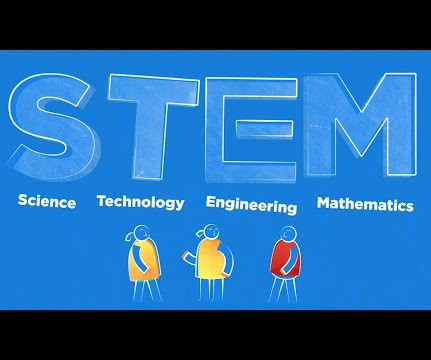
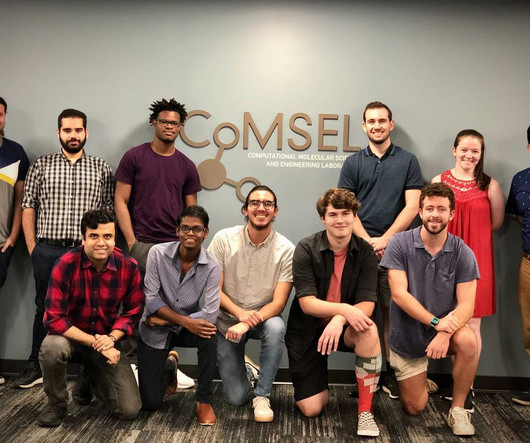
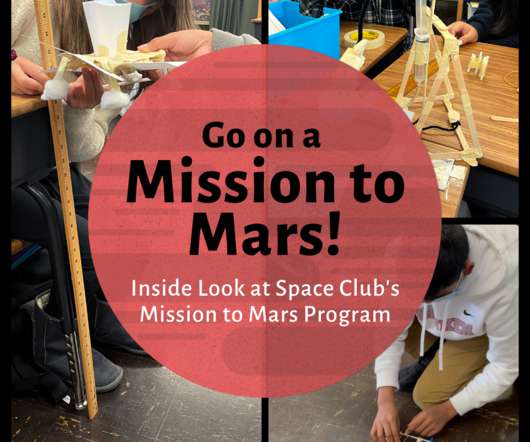
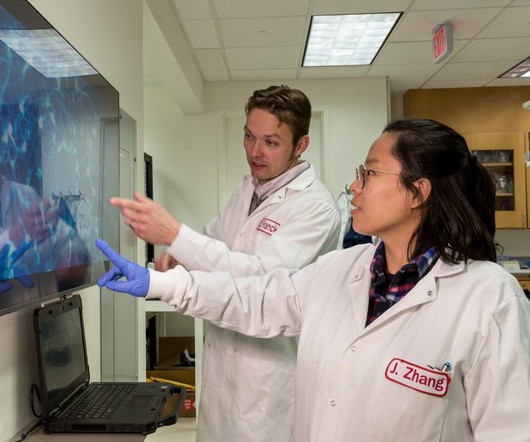

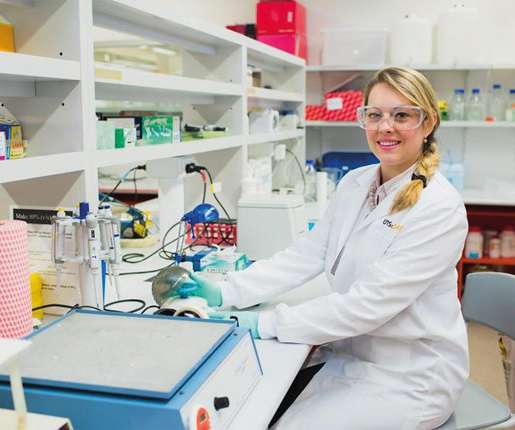
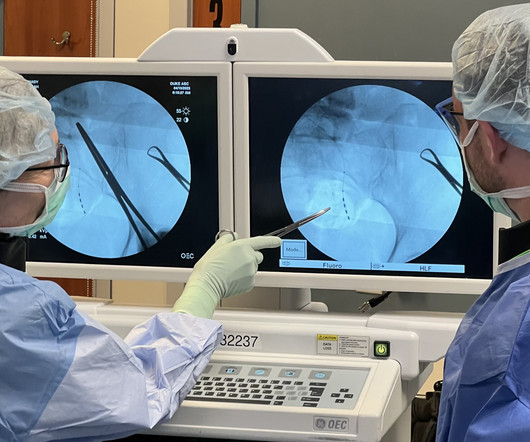






Let's personalize your content